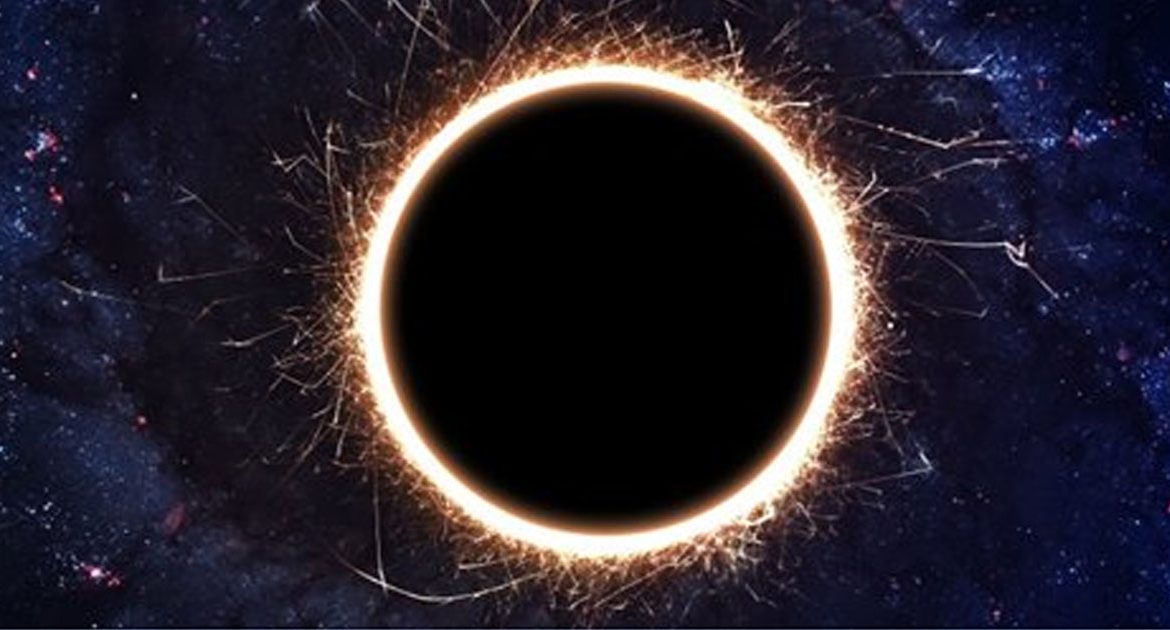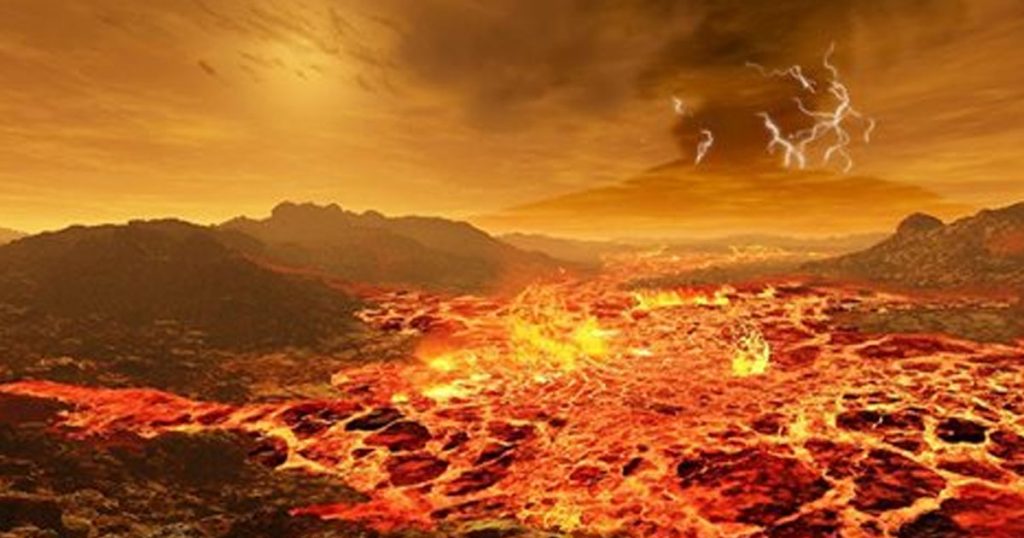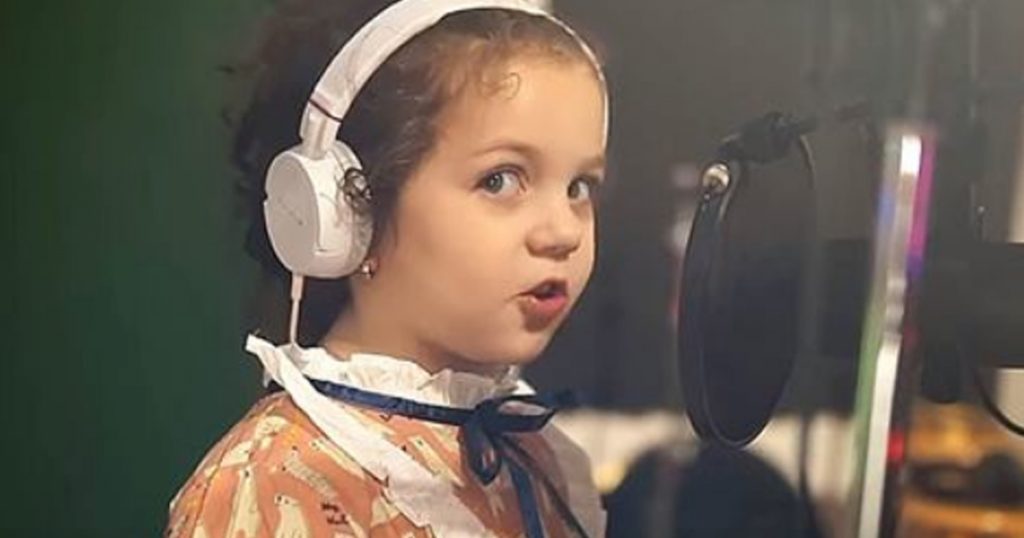We’re about to peer into the abyss.
Black holes are among the most fascinating objects in the known Universe. But despite the fact that they’re suspected to lurk at the centre of most galaxies, the reality is that no one has ever been able to actually photograph one.
That’s because black holes, as their name implies, are very, very dark. They’re so massive that they irreversibly consume everything that crosses their event horizon, including light, making them impossible to photograph. But that could be about to change, when a new telescope network switches on in April this year.
Called the Event Horizon Telescope, the new device is made up of a network of radio receivers located across the planet, including at the South Pole, in the US, Chile, and the French alps.
The network will be switched on between 5 and 14 April, and the results will put Einstein’s theory of general relativity through its paces like never before.
The Event Horizon Telescope works using a technique known as very-long-baseline interferometry (VLBI), which means the network of receivers will focus in on radio waves emitted by a particular object in space at one time.
For the black hole, they’ll be focussing on radio waves with a wavelength of 1.3 mm (230 GHz), which gives them the best chance of piercing through any clouds of gas and dust blocking the black hole.
And because there are so many of these antennae all tuned in on a single spot, the resolution of the telescope should be 50 microarcseconds. To put that into perspective, it’s the equivalent of being able to see a grapefruit on the surface of the Moon
That’s important, because the first target will be the huge black hole at the centre of our galaxy, called Sagittarius A*, which is actually only the size of a pinprick in our night sky.
We’ve never directly observed Sagittarius A*, but researchers know it exists because of the way it influences the orbit of nearby stars.
Based on the behaviour of these stars, researchers predict that the black hole is likely about 4 million times more massive than our Sun, but with an event horizon diameter of just 20 million km (12.4 million miles) or so across.
At a distance of around 26,000 light-years away from Earth, that makes it a pretty small target.
But the Event Horizon Telescope will aim to observe the immediate environment around the black hole, and it should be able to get enough resolution to see the black hole itself.
«There’s great excitement,» project leader Sheperd Doeleman from the Harvard-Smithsonian Centre for Astrophysics told Jonathan Amos at the BBC this week.
«In April we’re going to make the observations that we think have the first real chance of bringing a black hole’s event horizon into focus.»
So what can we expect to see if the project is successful?
The researchers predict the black hole will look like bright ring of light around a dark blob.
The light is being emitted by gas and dust particles that are accelerated to high speeds just before they’re ripped apart and consumed by the black hole. The dark blob would be the shadow cast over that chaos.
But if Einstein was right, we should see more of a crescent of light than a ring — because a dramatic Doppler effect should make the material moving towards Earth appear much brighter.
«Hopefully, it will look like a crescent — it won’t look like a ring,» team member Feryal Özel said in a press conference last year. «The rest of the ring will also emit, but what you will brightly pick up is a crescent.»
If the team is able to measure the dark shadow cast by the black hole, that will be huge, because general relativity makes some pretty specific predictions about what size it should be, based on how much the black hole should bend space-time.
«We know exactly what general relativity predicts for that size,» said Özel. «Get to the edge of a black hole, and the general relativity tests you can perform are qualitatively and quantitatively different.»
What happens if we see something else? Doeleman told Amos that it’s definitely a possibility, and it would shake up the world of physics as we know it.
«As I’ve said before, it’s never a good idea to bet against Einstein, but if we did see something that was very different from what we expect we would have to reassess the theory of gravity,» he said.
«I don’t expect that is going to happen, but anything could happen and that’s the beauty of it.»
Given all the data researchers will need to process, we shouldn’t expect the first images of a black hole until the end of the year, or even the start of 2018. And that’s assuming there’s good enough weather to get a clear picture in the April viewing window.
But when those first pictures come in, it’s going to be a pretty exciting moment for humanity.
«One thing that could excite the public almost as much as a Pluto flyby would be a picture of a black hole, up close and personal,» Ӧzel said at the 227th meeting of the American Astronomical Society last year.






